
Tech investments must build scale, partnerships, and people capabilities – Kearney’s Shirley Santoso
She underscores the need to turn Indonesia’s digital investments into tangible, inclusive, and sustainable outcomes.
As Indonesia accelerates its digital transformation, the technology sector plays an increasingly pivotal role in shaping the country's economic future. It is now evolving from a user of global technologies to an innovator and producer, driving competitiveness, inclusion, and long-term growth.
Offering valuable insights is Shirley Santoso, Senior Partner and Transformation Expert at Kearney, drawing from over 20 years of experience in consulting and industry roles. She has successfully led major transformation initiatives across Southeast Asia, focusing on operational model redesign, restructuring, cultural change, and large-scale change management programmes. Her work spans both private sector clients and government institutions, particularly in Indonesia.
Shirley has played a key role in shaping national strategies, including the 4th Industrial Revolution blueprint for the Ministry of Industry, a 15-year digital roadmap for the Ministry of ICT, and the Jakarta global city strategy. Her contributions to nation-building projects and policy development have earned her widespread recognition, including being named "Indonesia's Businesswoman of the Year" in 2019 and 2022.
As a judge at the Indonesia Technology Excellence Awards 2025, Shirley emphasised the need for outcome-driven innovation that balances business value, resilience, and national impact.
How is the current state of Indonesia’s technology sector in terms of overall strategy direction, innovation capacity and role in driving national economic growth?
Indonesia’s technology sector is more consumer-oriented than producer-oriented, but it is actively transitioning toward a model that incorporates technology creation, export, and value-added innovation.
The country has built strong digital infrastructure, including major investments such as the Palapa Ring fibre project and the ongoing 5G expansion. As of late 2023, 96% of the population has 4G coverage. Programmes like QRIS have also seen widespread adoption, with 50 million users and 32 million merchants.
Indonesia has introduced critical policy frameworks and national transformation strategies, including Making Indonesia 4.0 and the Digital Indonesia Roadmap, which aim to help the country achieve its Golden Indonesia 2045 vision.
There have been significant global investments, such as Microsoft’s US$1.7b for cloud and AI infrastructure, Apple’s US$320m for local manufacturing and an R&D centre, and China’s US$10b in technology, biotech, and EV sectors.
Currently, the digital economy contributes less than 10% to GDP, with the goal of doubling by 2045. Technology has the potential to unlock an additional 1–2% in GDP growth.
However, key challenges persist: Indonesia’s ICT spending remains low at around 1% of GDP, well below the global average of over 4.5%. Indonesia also ranks between 50th and 60th in the Global Connectivity Index (GCI), World Digital Competitiveness (WDC), and Network Readiness Index (NRI).
Further obstacles include suboptimal infrastructure, particularly in rural areas, such as slow 5G implementation (only 2% as of 2022, projected to reach 41% by 2030, compared to the global average of 54%). Other concerns include overlapping digital initiatives across government bodies, a shortage of ICT and digital talent, a nascent R&D sector, and the need for stronger regulatory frameworks for emerging technologies, particularly around AI, data governance, and advanced manufacturing.
What do you see as the most pressing challenges faced by technology companies in Indonesia today, particularly in executing transformation at scale across diverse business environments?
There is wide variation in digital maturity across businesses in Indonesia. Amongst the 64 million small-to-medium enterprises, many lack digital readiness, funding, and other critical resources. In addition, supply chains are often fragmented, with poor integration between large businesses and their supplier. Legacy systems remain widespread, and many businesses lack robust cybersecurity frameworks.
Digital infrastructure also remains uneven, with a persistent rural-urban divide, especially outside Java and Bali, along with inconsistent power supply and logistics networks. There is also a notable talent and skills gap in specific areas such as AI, data science, cybersecurity, and innovation capabilities. Financing also continues to be a barrier for many smaller enterprises.
Regulatory challenges add to the complexity. Data localisation laws mandating local data storage restrict the flexibility of cloud-based platforms, whilst regulations around AI and digital taxation remain vague and under development.
With many sectors undergoing digital transformation, how should companies prioritise their technology investments to ensure both operational efficiency and long-term resilience?
Companies must adopt a strategic, outcome-focused approach to technology investment that can deliver tangible business value and ROI, builds scale, and fosters partnerships, whilst also enhancing people's capabilities to use the technology effectively.
Investment should focus on enhancing operational efficiency, such as reducing costs, saving time, and improving quality, whilst also enabling business growth through improved market access and scalability, and strengthening overall organisational resilience to better navigate future uncertainties.
As companies look to expand regionally and globally, what organisational capabilities and leadership qualities will be most important to ensure sustainable and competitive growth?
Key organisational capabilities include data-driven decision-making, digital agility and ways of working, platform thinking and ecosystem development, cybersecurity, and effective vendor and partnership management.
Equally important are leadership qualities such as a strong digital vision and culture, technological fluency, agile thinking, and the ability to foster collaboration across stakeholders and ecosystem partners.
Looking to the future, what major developments do you believe are most influential to the growth and competitiveness of Indonesia’s technology sector and what steps are required for companies to stay ahead?
Companies must remain vigilant of major technological developments, particularly emerging innovations such as artificial intelligence (AI), advanced analytics, and generative AI. A study by Kearney and Egon Zehnder underscores both the significant opportunities and the associated risks of these technologies, highlighting the need for deep technical expertise and robust risk mitigation strategies, especially in relation to the impact to workforce and data privacy.
Additional priorities include predictive and intelligent forecasting, personalisation, productivity enhancements, the expansion of 5G connectivity in rural areas, and the implementation of a national digital ID to improve financial inclusion. Furthermore, technology plays a critical role in sustainability efforts. Kearney’s Net-Zero 2060 framework emphasises the importance of macro-level investments in renewable energy, electric vehicle infrastructure, carbon capture and storage (CCS), green hydrogen, and waste management to drive long-term economic transformation and global competitiveness.
To stay ahead, companies must develop a clear, outcome-driven use cases for emerging technologies. This includes building scalable infrastructure, adopting responsible AI practices, investing in robust cybersecurity, and upskilling talent in digital and analytical capabilities. Embedding an agile, innovation-led culture, aligning with evolving regulatory requirements, and establishing ecosystem partnerships to co-create solutions are also essential. Critically, sustainability should be a core lens through which all technology strategy is developed and implemented.







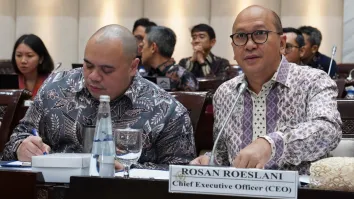

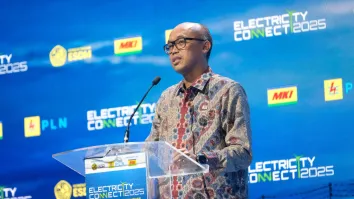
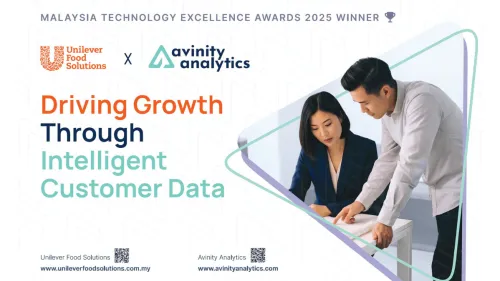
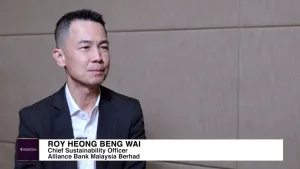
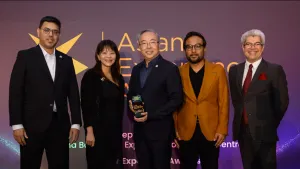

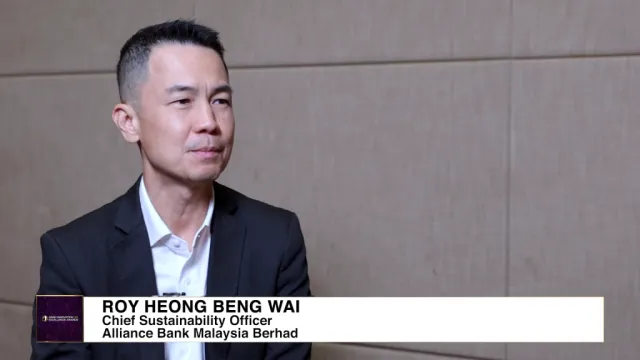
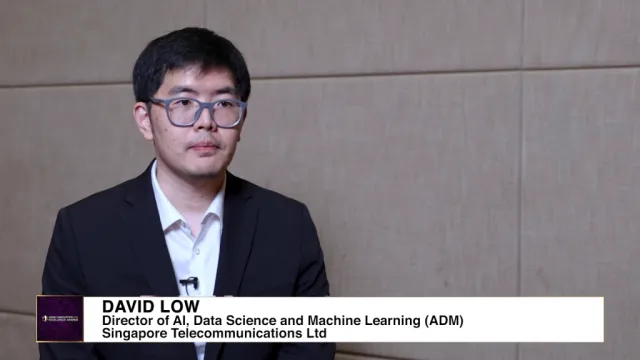



 Advertise
Advertise






